Many Latin American countries celebrate el Día de Los Muertos, or Day of the Dead, in November. During the Day of the Dead celebrations, people honor the loved ones that have passed. The Catholic holidays of Día de Todos Los Santos (All Saints Day) on November 1st and All Soul’s Day on November 2nd, Day of The Dead celebrations vary from one country and region to another. But one thing we all have in common is that the countries celebrating Dia de Los Muertos honor the dead and positively remember them while keeping our Latino culture alive.
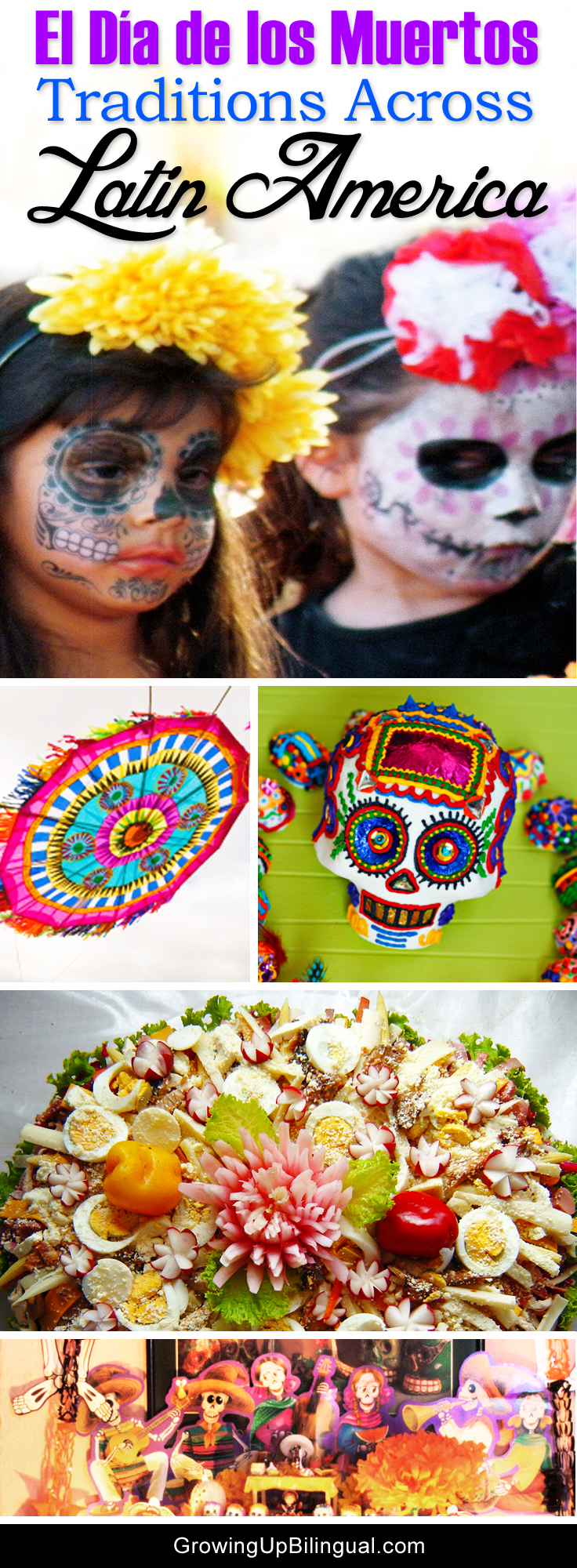
Day of The Dead Celebrations Across The Continent
You can track Día de Los Muertos back to the indigenous cultures hundreds of years ago. Pre-Columbian civilizations have practiced rituals celebrating the deaths of ancestors for as long as 2,500–3,000 years. It was common to keep skulls as trophies and display them during the rituals to symbolize death and rebirth. Day of the Dead celebrations have morphed over the years to become the Latino tradition it is now. Decorative altars, colorful flowers, and delicious food are all integral to the Day of The Dead festivities.
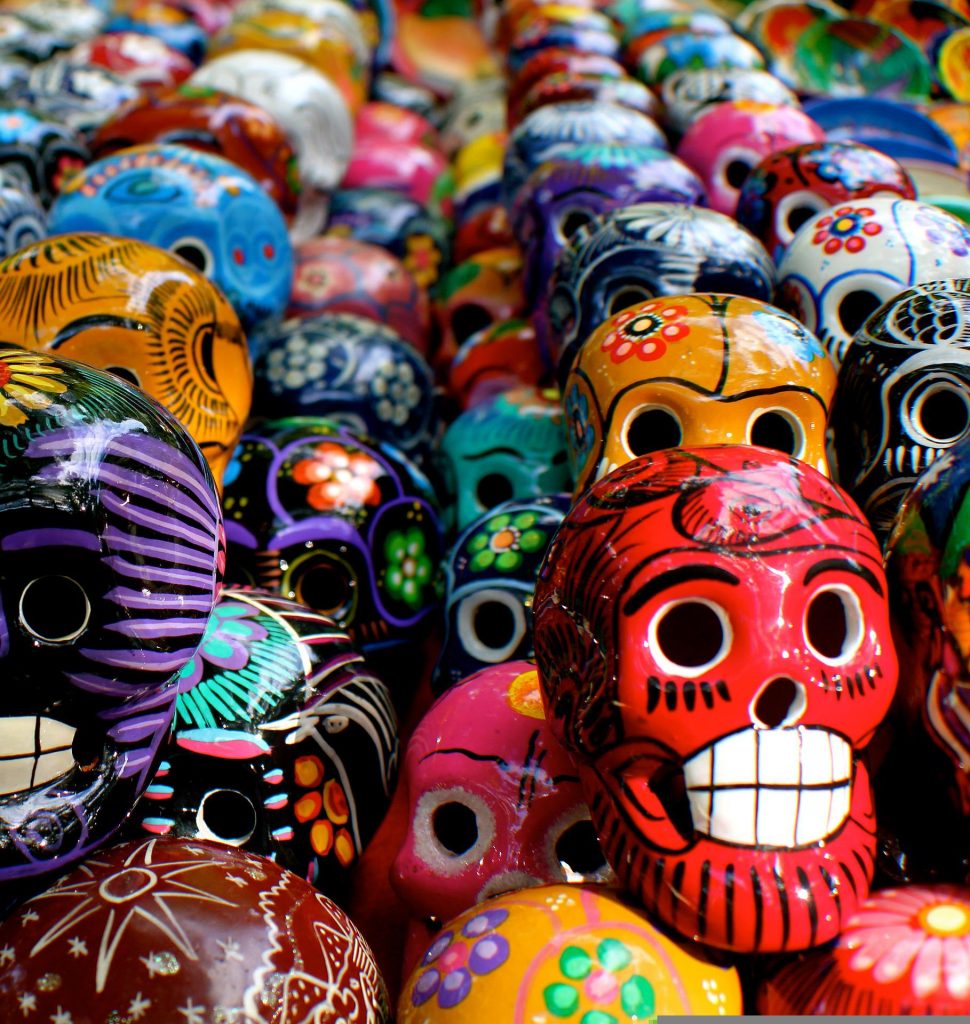
Where is the Day of The Dead Celebrated?
Mexico is best known for its Día de Los Muertos celebrations which include pageantry, processions, and public display of altars to the dead. In the Andean regions of Ecuador, Peru, and Bolivia, families gather in cemeteries to remember ancestors and loved ones. They bring food offerings such as colada morada, a spiced fruit porridge made with Andean blackberry and purple maize. In addition, guagua de pan is another popular food, a bread shaped like a swaddled infant filled with cheese or guava.
In Brazil, the holiday of Finados (Day of the Dead) is on November 2nd. People go to cemeteries and churches with flowers, candles, and prayer to celebrate those who have passed away in a positive way. In Bolivia, the Día de las ñatitas, or Day of the Skulls, is an ancient Bolivian ritual celebrated on November 9th. Skulls of ancestors are decorated with flowers and pampered with cigarettes, coca leaves, and other treats to bring good luck to the family.
When is Day of the Dead or Dia de Los Muertos Celebrated?
Although it may vary from one country to the next, the Day of the Dead celebrations takes place during November. Some countries like Guatemala and Spain call November 1st Día de Todos Los Santos (All Saints Day). And on November 2nd, it is a different celebration called Día de Los Fieles Difuntos or All Souls Day. Other Latin American countries like Mexico celebrate Día de Los Muertos for more than one day, starting on November 1st and ending on the 2nd.
El Día de Los Muertos in Guatemala
As October ends, flower stands bloom on every corner of Guatemala City. Kite vendors’ displays sway in the brisk November winds, and marketplaces and cemeteries are full of multicolored flowers. Finally, on November 1st, families gather to celebrate All Saints Day and eat fiambre. It is a traditional salad-like cold dish that consists of assorted cold cuts, pickled vegetables, and meats. It is so complex that it can easily include 50 or more ingredients.
Day of The Dead Guatemalan Traditions
Many people, especially in rural areas, visit the cemetery to clean the graves of their loved ones. Then, they honor their ancestors with flowers and incense. In addition, you will see many families sharing a picnic of fiambre, Tamales, and sometimes booze with them at the cemetery.
Giant Kite Festival
The most spectacular Day of the Dead celebrations in Guatemala occurs in the towns of Santiago Sacatepéquez and Sumpango. Townspeople assemble giant kites or barriletes gigantes, reaching diameters of almost 30ft, made of bamboo rods and colored paper ready to paint the sky. On November 1st, the famous Guatemalan kite festival takes place, and these giant kites with intricate designs attempt to take flight, but most of them never make it.
![photo credit: [nelo] via photopin cc](https://growingupbilingual.com/wp-content/uploads/2013/10/medium_5193010539.jpg)
In my country, Guatemala, the celebration of El Día de Los Muertos or Día de Los Difuntos is more of a family holiday. The Dia de Los Muertos traditions in Guatemala include traditional Guatemalan foods, unique festivals, and visits to the graveyard. For me, it marks the beginning of a season filled with traditional family holidays. It starts with El Día de los Muertos and then continuing with La Quema del Diablo, Las Posadas, Noche Buena, Navidad and Año Nuevo.
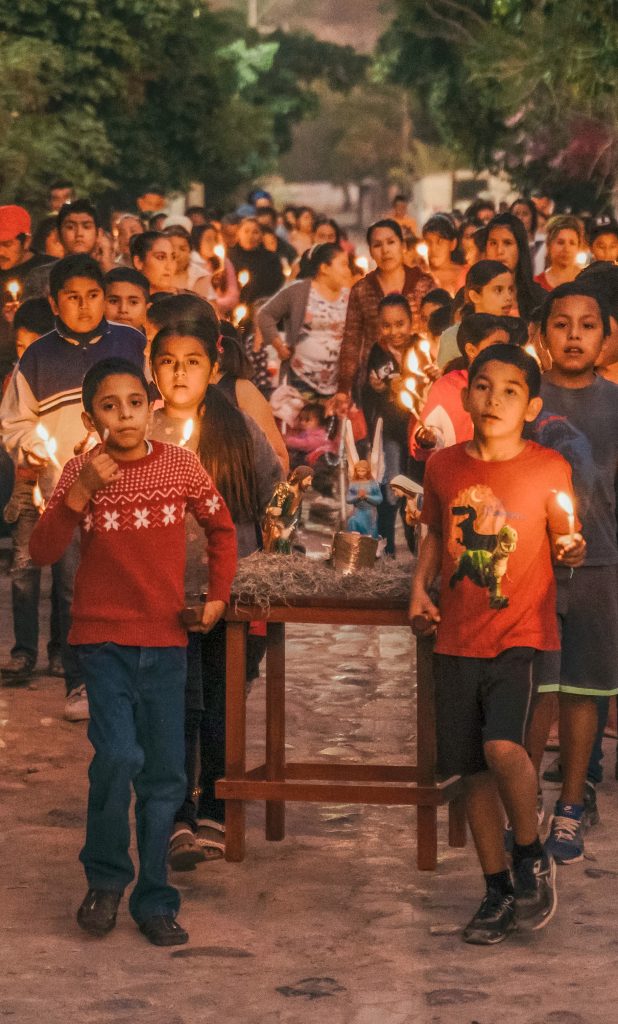
More Day of The Dead Celebrations and Ideas You’ll Love
Now that we live in the United States, we enjoy Halloween and El Día de Los Muertos, blending traditions. We love making new ones in a way that makes sense to us. So, here are other Dia de Los Muertos ideas and recipes you will surely love!
Traditional Recipes for Día De Los Muertos or Day Of The Dead Celebrations
If you’re looking for Dia de Los Muertos recipes, you’ve come to the right place. These recipes include everything from pan de Muerto and decorated sugar skulls to traditional Mexican dishes.
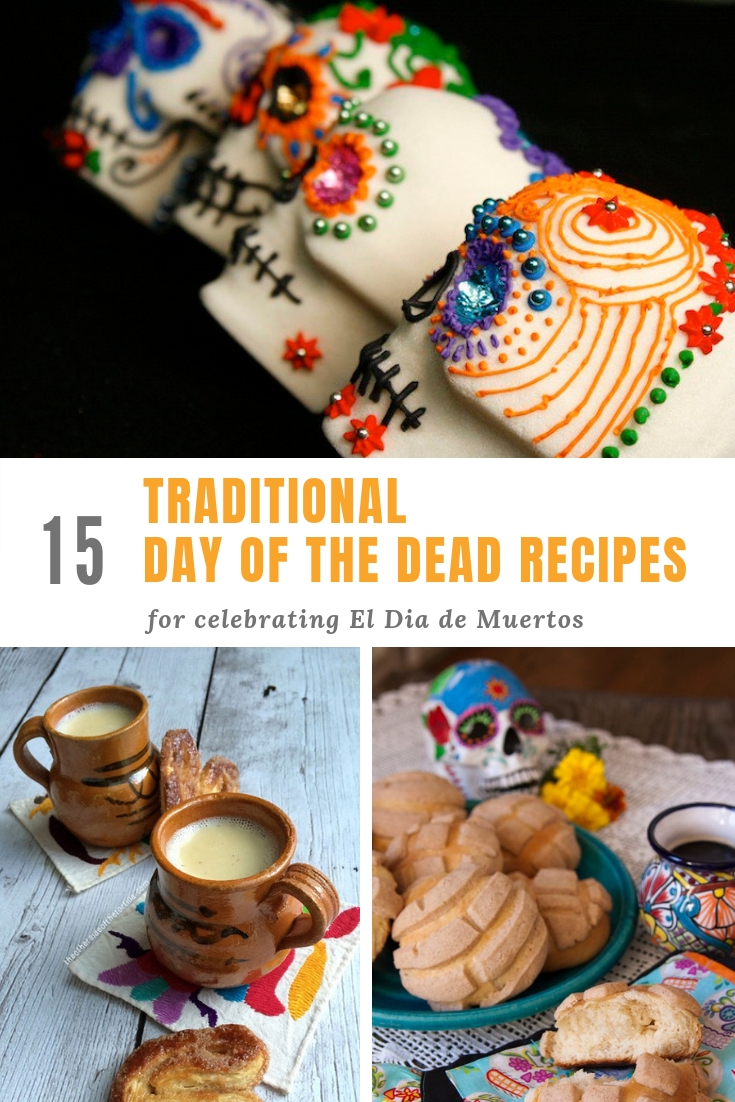
Best Day Of The Dead Craft Ideas With Cricut: Includes Free SVG Files
Embrace the Dia de Los Muertos holiday with these incredible crafts ideas with Cricut. Break out your Cricut and do a project with your kids! These Day of the Dead SVG files for Cricut are perfect for your Day of the Dead altar. Plus, they make for awesome decorations for your home or as offerings.
25 Easy Day Of The Dead DIY Projects
Here are 25 easy-to-make Day of the Dead DIY crafts. Some of these are so easy they will only take a few minutes to make. Many of these Day of the Dead arts would make incredible decorations for a Latino-inspired party!
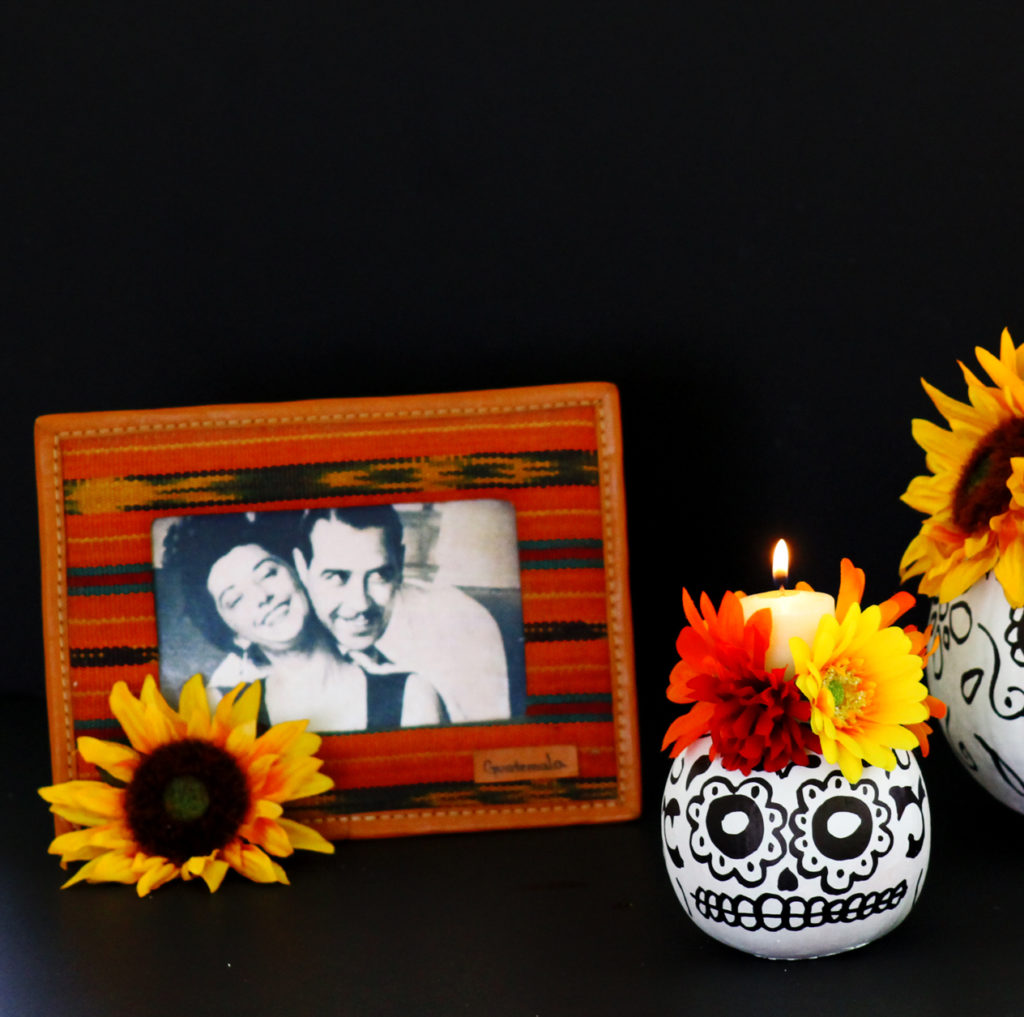
Easy Day Of The Dead Party Ideas, Food, And Crafts
These kid-friendly party ideas are perfect if you’re planning a Dia de Los Muertos celebration. From sugar skull-inspired recipes to colorful decorations, there are many ideas for your Dia de Muertos party.
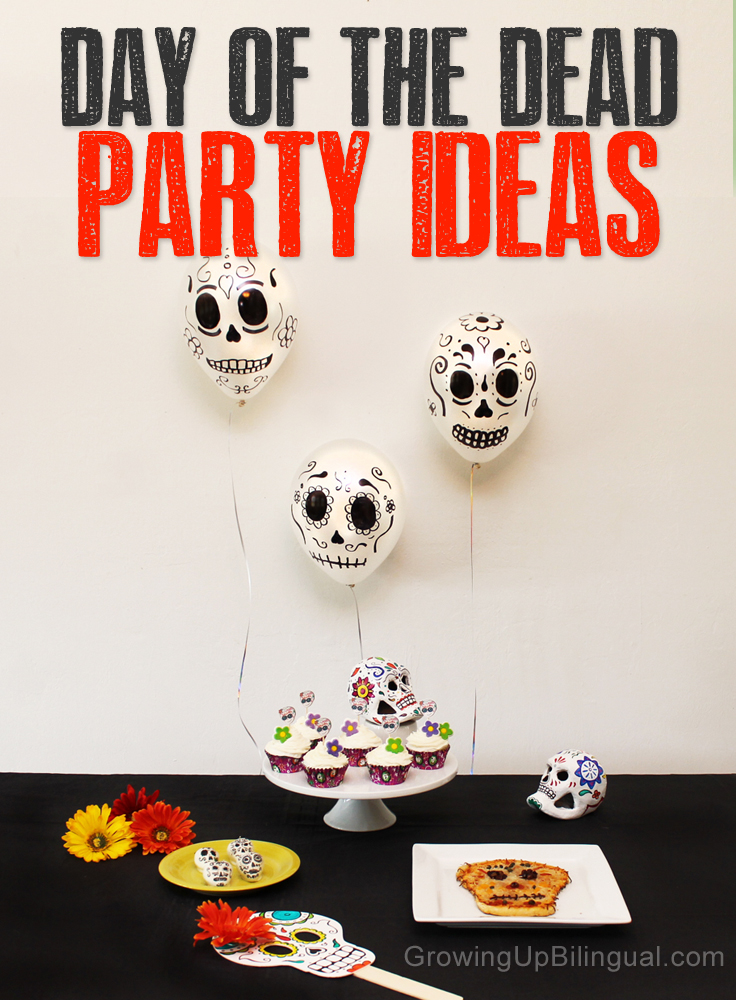
- Guatemalan Dulce de Chilacayote Recipe (Crystalized Chilacayote Candy) - February 26, 2024
- Guatemalan Naranjas en Miel Recipe (Candied Oranges Recipe) - February 25, 2024
- Traditional Guatemalan Candy - February 25, 2024
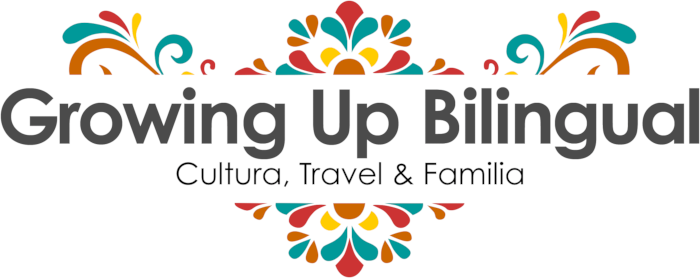


This is so intresting – I’ve read a little about Day of the Dead celebrations and I have to say I really like how it is celebrating those who have passed.
Hi Paula – I always enjoy your blogs. Thank you for sharing this great information. My mom is from Guatemala and I love to learn about our culture as I haven’t been fully exposed to it. I hope to one day visit Guatemala during this time, Dia de los Muertos 🙂
That is awesome that your mom is from Guatemala. I have always wanted to see the giant kites, it must be an amazing experience.
I have never heard of this before, it looks absolutely amazing. I wonder if they ever have anything here like that so I can go see it.
what an interesting celebration thank you for sharing it and teaching me something new
We also have this in the Philippines. Nov 1 is All Saints Day, and Nov 2 is All Souls Day. These 2 days are non-working holidays there.
What a colorful event. I would love to witness one.:)
In my country, the Philippines, we also celebrate All Soul’s Day.
You have a very colorful tradition in Guatemala. It’s a great thing that you still enjoy the same tradition in US. Since I moved here in Ireland I don’t see any tradition observed except for the children and adults wearing their costumes for the trick or treat.
Such a festive celebration! I love those props and decoration!
It is very different the way we celebrate the Halloween in Philippines. This is very interesting and a new thing to hear and learn. Thanks for sharing!
That must be a great way to experience and observe.
Such fun pictures!! I’ve been obsessed with the Day of the Dead the past month because I’m doing some Halloween makeup inspired by the Holiday!
I loved your article… Here in England we will have a dia de los muertos celebration in Bristol and it’s is organized by Otomi (mexicans). It will be good dancing but it is not the same as having fiambre with my family in Guatemala. Check out my blog about the kites at http://guatemalazest.weebly.com/blog-articles/impressive-10-meter-kites-in-guatemala-for-diadelosmuertos
Paula,
I enjoyed reading your article. My parents are from Guatemala and I had the most amazing childhood being born in California but yet being raised by my loving grandmother in Guatemala City.
Unfortunately, this year Ilost my oldest child in a car accident; my David had just turned 28th.
This year is very important to me to pay tribute to my son.
I’ve been thinking of how my grandmother and I celebrated el dia de Los muertos, I would like to celebrate David using our culture and my never ending love to my son. I look forward seeing more about our culture and traditions to help me how to do it best.
Sincerely, Sophia
Hi Sophia,
I am so sorry about your son, my heart goes out to you and your family. For us el Dia de los Muertos is truly a special day because we celebrate those loved ones that are no longer with us and their presence feels so much closer as we honor them, talk about them and remember them on that day. There is also a certain kind of special energy knowing that so many families are joining together and sharing with loved ones (both here and those that have left us) in celebrating their lives and their love.
in many Latin American countries??. Day of the dead is just celebrated in México and some parts of Guatemala
Carla, the Day of the Dead is also celebrated in Bolivia, Ecuador and Brasil (called Finados).
I’m taking Spanish language classes at the Overland Learning Centre in Toronto (near Don Mills and Lawrence). Our teacher, Ivan Roma Guzman, is a native of Guatemala, a country in Central America right next door to Mexico. In his native country, the Day of the Dead (Dia de los Muertos) is a day to remember deceased family members and also celebrate their lives, including visiting the cemetery where they are buried.